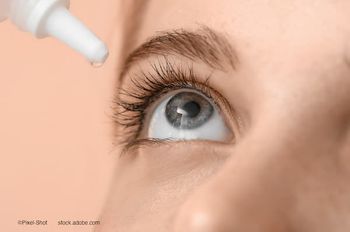
Ophthalmologists weigh in on evolving diagnostic tools, emerging therapies, and practical approaches for managing today’s most challenging ocular-surface cases.
Dr. Trattler, a corneal specialist at Miami's Center for Excellence in Eye Care, Miami.

Ophthalmologists weigh in on evolving diagnostic tools, emerging therapies, and practical approaches for managing today’s most challenging ocular-surface cases.
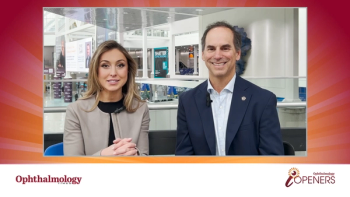
In episode 1, Bill Trattler, MD, shares practical advice on documentation, patient communication, keratoconus management, and advanced lens technology.
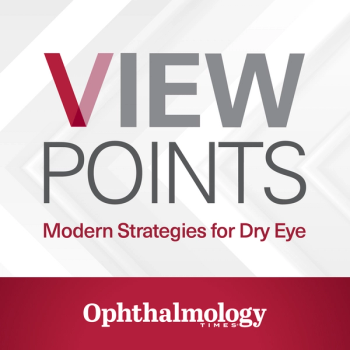
Bill B. Trattler, MD, Crystal Brimer, OD, Cynthia Matossian, MD, FACS, and Kelly K. Nichols, OD, MPH, PhD, discuss dry eye disease and the various approaches clinicians can take to treat the disease in part 4 of the Viewpoints Podcast.

Bill B. Trattler, MD, Crystal Brimer, OD, Cynthia Matossian, MD, FACS, and Kelly K. Nichols, OD, MPH, PhD, discuss dry eye disease and the various approaches clinicians can take to treat the disease in part 3 of the Viewpoints Podcast.

Bill B. Trattler, MD, Crystal Brimer, OD, Cynthia Matossian, MD, FACS, and Kelly K. Nichols, OD, MPH, PhD, discuss dry eye disease and the various approaches clinicians can take to treat the disease in the second part of the Viewpoints Podcast.

In this podcast, Bill B. Trattler, MD, Crystal Brimer, OD, Cynthia Matossian, MD, FACS, and Kelly K. Nichols, OD, MPH, PhD, discuss dry eye disease and the various approaches clinicians can take to treat the disease.
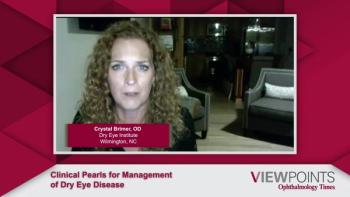
Experts conclude their discussion sharing clinical peals on the management of dry eye disease (DED) and how providers may invest in their practice to better screen and treat their patients.
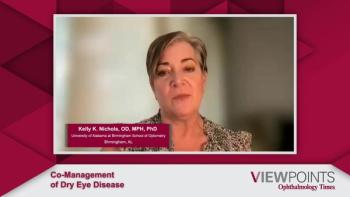
Experts discuss their clinical approaches for co-managing patients with dry eye disease and how they educate patients and their providers about the disease.
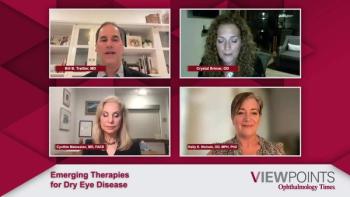
Crystal Brimer, OD, and Kelly K. Nichols, OD, MPH, PhD, discuss two treatments, AZR-MD-001 and Reproxalap, that are in the pipeline to treat patients with dry eye disease (DED).
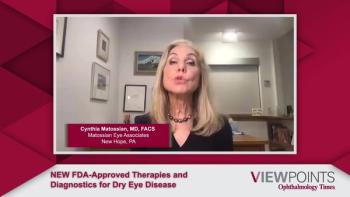
Cynthia Matossian, MD, FACS, and Kelly K. Nichols, OD, MPH, PhD, discuss three new FDA-approved therapies for the treatment of dry eye disease (DED).
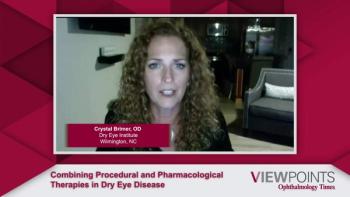
Experts offer their clinical expertise on managing patients with dry eye disease (DED) with concurrent procedural and pharmacological therapies and the importance of individualized care.
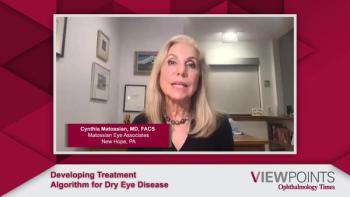
Cynthia Matossian, MD, FACS, provides her clinical advice on developing a treatment algorithm for patients with dry eye disease (DED).
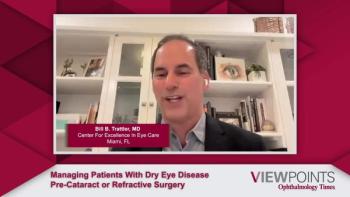
Kelly K. Nichols, OD, MPH, PhD, and Crystal Brimer, OD, provide their clinical advice on managing patients with overlapping eye diseases that need surgical treatment.
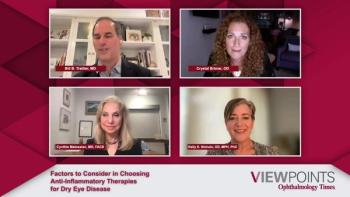
Experts discuss key factors to consider when using anti-inflammatory agents to treat dry eye disease (DED).
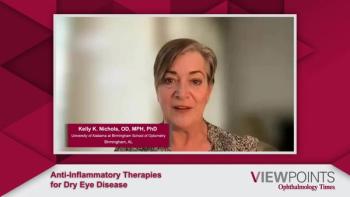
Kelly K. Nichols, OD, MPH, PhD, discusses various anti-inflammatory treatment options for dry eye disease (DED), such as cyclosporine, lifitegrast, and varenicline. In addition, Cynthia Matossian, MD, FACS, provides an overview of the mechanism of action of lifitegrast and how it differs from cyclosporine.
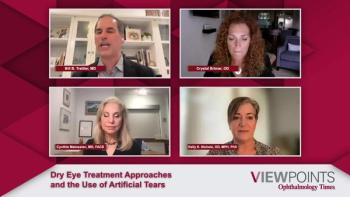
Experts discuss various treatment approaches for patients with dry eye disease (DED). They also highlight the challenges and drawbacks of using artificial tears to treat DED.
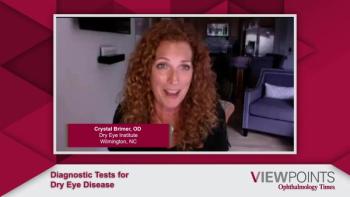
Bill B. Trattler, MD, Crystal Brimer, OD, Cynthia Matossian, MD, FACS, and Kelly K. Nichols, OD, MPH, PhD, discuss their preferred clinical diagnostic tools and tests to evaluate patients for dry eye disease (DED) and strategies for educating patients on their results.
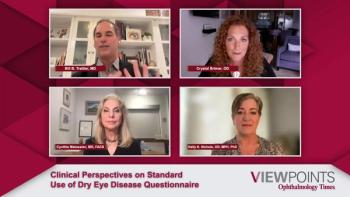
Experts offer their clinical perspectives on the use of dry eye questionnaires as a method of screening for dry eye disease (DED).
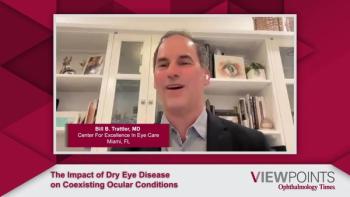
Experts discuss the impact of dry eye disease (DED) on coexisting ocular conditions and their clinical experience managing these patients.
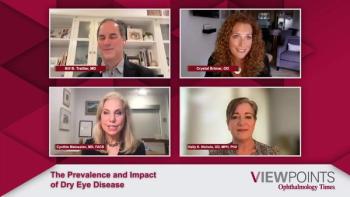
Bill B. Trattler, MD, Crystal Brimer, OD, Cynthia Matossian, MD, FACS, and Kelly K. Nichols, OD, MPH, PhD, discuss the prevalence of dry eye disease (DED) and how it can impact the quality of life for patients.
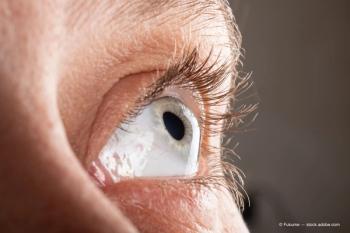
Eye care providers must look beyond visual acuity in screening for disease.

The majority of cataract patients likely have significant tear film disturbances that can affect their preoperative measurements and postoperative satisfaction with cataract surgery.

It is vital to identify and prevent dry eye and blepharitis pre-surgery because these conditions can affect IOL calculations and more.

William B. Trattler, MD, provides an overview of LASIK enhancements and explains why he frequently uses PRK for this purpose.
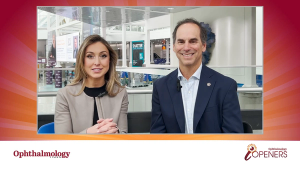
Published: August 25th 2025 | Updated:

Published: November 15th 2013 | Updated:

Published: May 1st 2012 | Updated:

Published: September 15th 2009 | Updated: